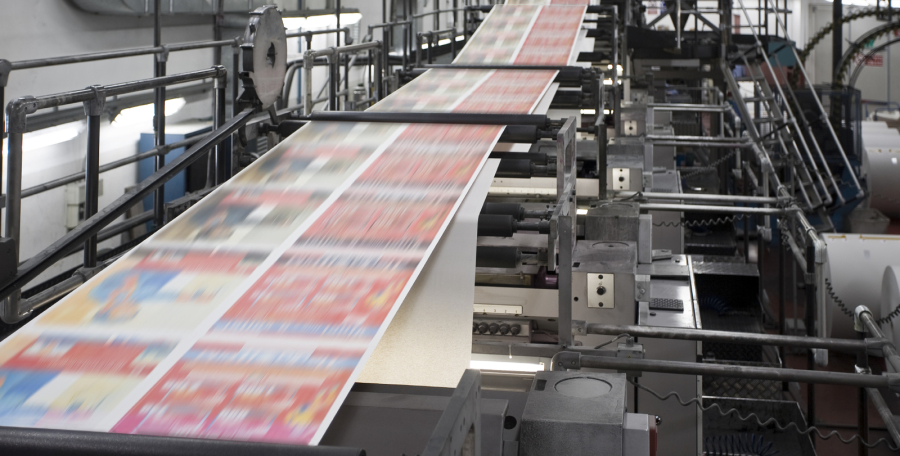Case #1: Grocery Store Saves $2.5 million/year
The Issue
A $17 billion grocery store chain prints and ships pricing signage for more than 1,000 grocery stores each week. With the senior management about to retire and millions of dollars required to update equipment, the company decided to compare internal versus outsourcing options.
The Approach
The internal manufacturing cost per piece was unknown, requiring a budgeted hourly rate (BHR) analysis. Anyone who has ever outsourced work knows that the invoice per month is rarely the negotiated price. The reason is that while a portion of work fits within the service level agreement (SLA) from the outsourcer, another portion of work does not and it's called an exception. Penalties are paid for exceptions. Therefore, to more accurately predict costs of outsourcing, you need to analyze the number of SLA exceptions over the course of a year and estimate those that are minor vs. those that are serious. In this project, 279 exceptions (the vast majority) were identified as serious exceptions.
The Findings
After completing the BHR analysis, the cost per piece was estimated and compared to outside prices and found to be competitive. However, when calculating the penalties associated with the SLA exceptions, the price increased $488,000/year. In addition, the amount of paper waste discovered internally was considered high, costing $444,000 a year. Lastly, companies were asked to bid on delivery to the individual grocery stores. Five bids were submitted and costs averaged $1.5 million/year.
The Recommendation
Because the in-plant was located at one of the chain’s distribution centers, the signs could be placed on the grocery store trucks and delivered along with the groceries at no charge. The shipping charges along with SLA exceptions would cost an additional $2 million per year. Much of the paper waste was due to an inefficient process of overprinting offset shells on cut-sheet toner based devices. A recommendation to replace the offset presses with a web fed toner solution would eliminate the two-step process and much of the associated waste.
The Result
The combined cost savings of continuing to operate the in-plant is $2.5 million per year when compared to outsourcing costs.










